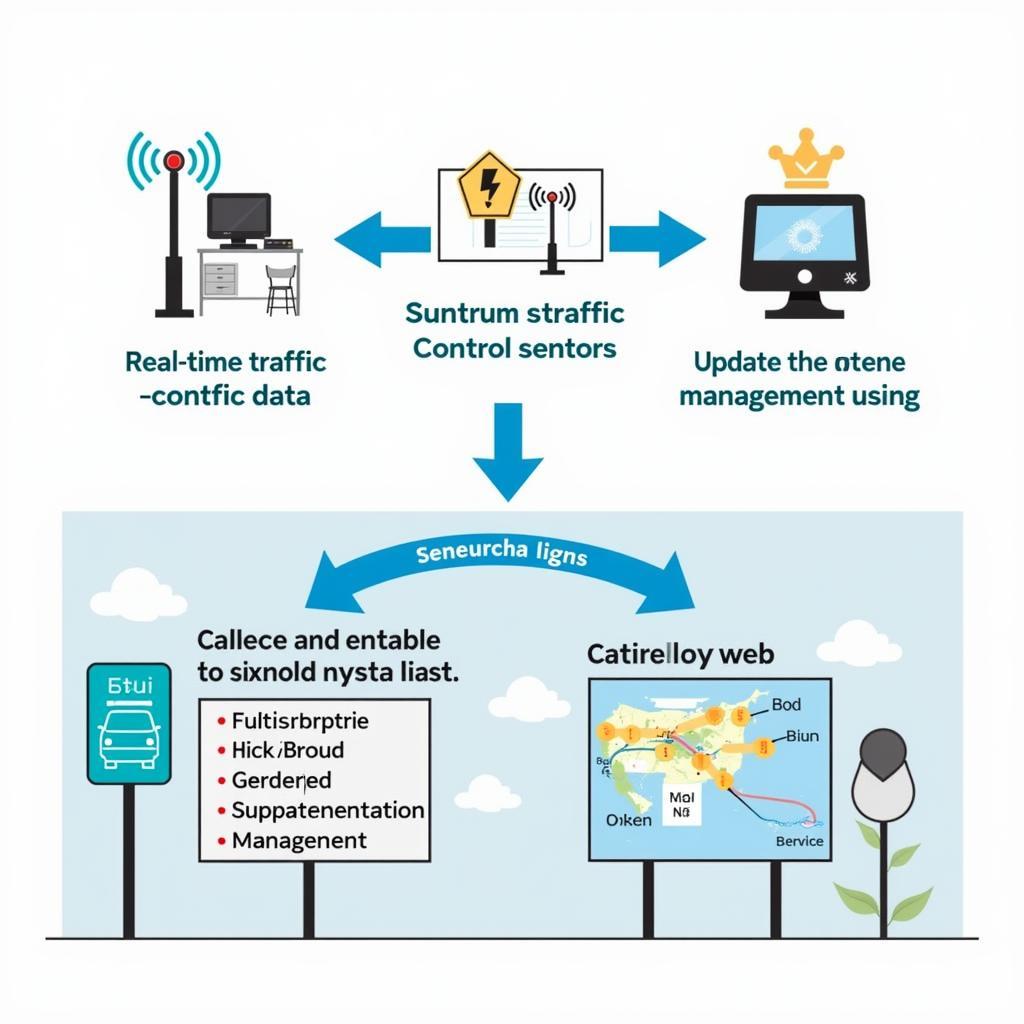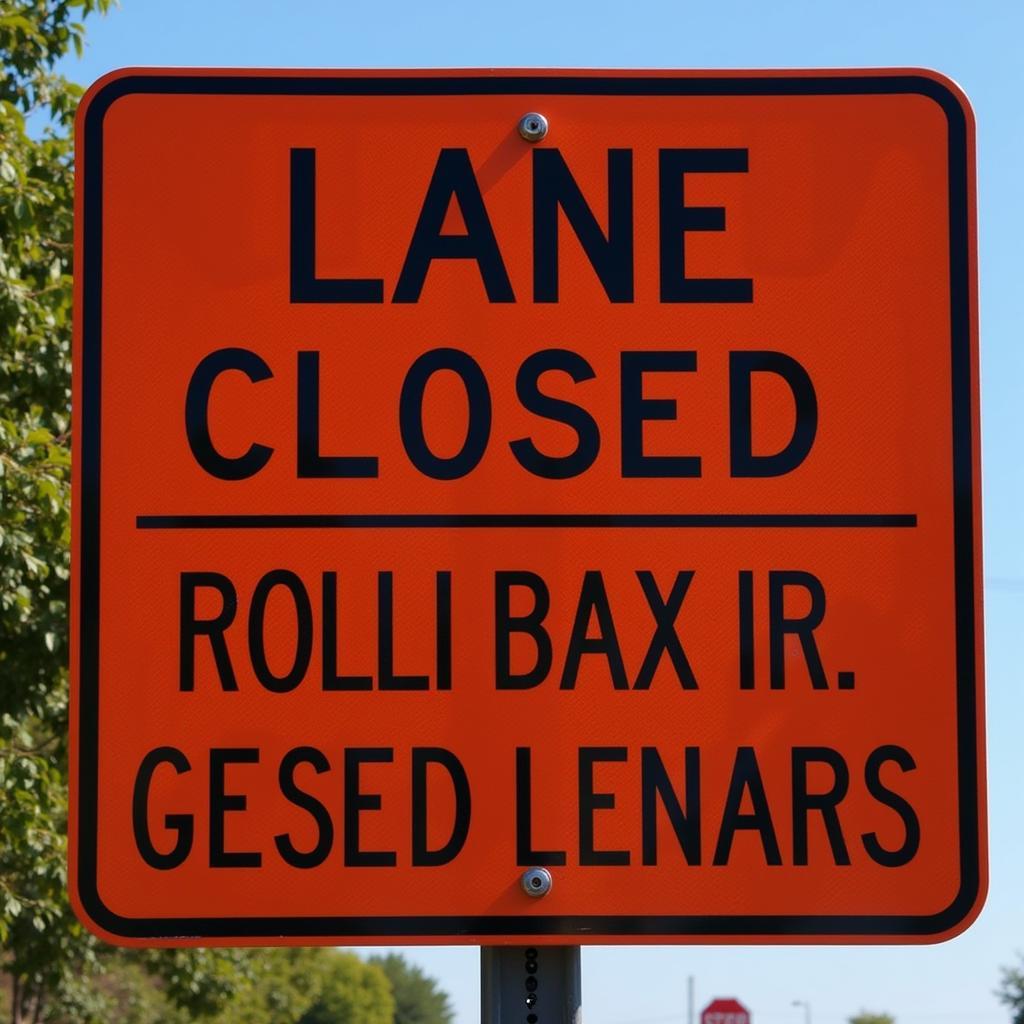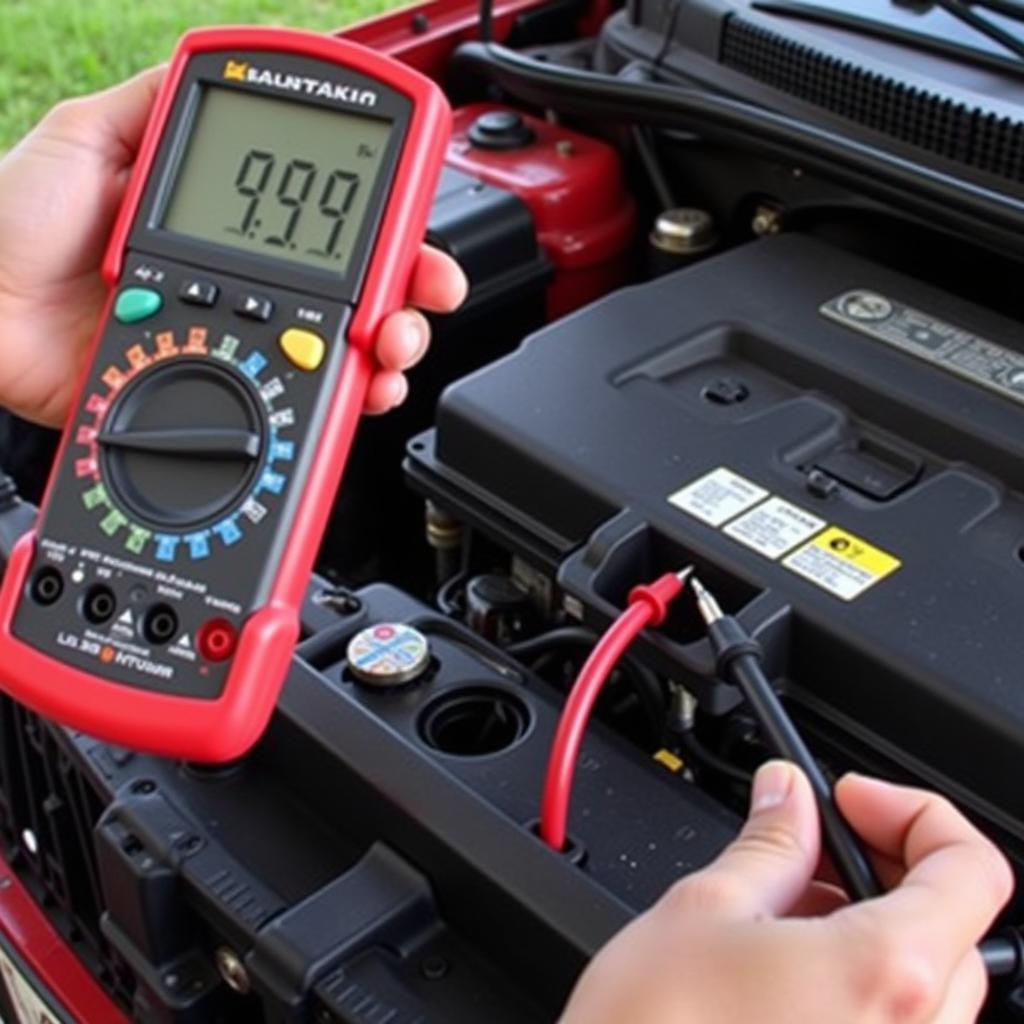Houston’s active traffic management (ATM) signs are a crucial part of the city’s efforts to mitigate congestion and improve traffic flow. These dynamic signs, often displaying variable speed limits and lane closure information, play a significant role in adapting to real-time traffic conditions, enhancing safety, and optimizing travel times for commuters. Understanding how these signs operate and how to respond to them is essential for any driver navigating Houston’s roadways.
Understanding Houston’s Dynamic Traffic Signs
Active traffic management signs in Houston employ various technologies to monitor traffic flow and adjust signage accordingly. Sensors embedded in the roadways collect data on traffic volume, speed, and density. This information is relayed to a central control system, which then determines the optimal speed limits and lane configurations to maintain smooth traffic flow. The system then updates the electronic signs in real-time, providing drivers with the most up-to-date information. These dynamic adjustments can significantly impact travel times, especially during peak hours or incidents.
 Houston Active Traffic Management Signs System
Houston Active Traffic Management Signs System
One of the primary functions of ATM signs is to implement variable speed limits. These limits can change based on current traffic conditions, helping to prevent sudden slowdowns and reduce the risk of accidents. For instance, during periods of high congestion, the system might lower the speed limit to maintain a consistent flow and minimize stop-and-go traffic. Conversely, when traffic is light, the speed limit might be raised to normal levels.
How Variable Speed Limits Improve Traffic Flow
Variable speed limits, a core component of Houston’s active traffic management signs, play a key role in optimizing traffic flow. By dynamically adjusting speed limits based on real-time traffic conditions, the system can prevent shockwaves of sudden braking and acceleration, which contribute significantly to congestion. This smoother flow not only reduces travel times but also enhances overall safety on the roadways.
Responding to Active Traffic Management Signs
It is crucial for drivers to understand and adhere to the information displayed on Houston’s active traffic management signs. Ignoring these signs can not only lead to traffic violations but also compromise the effectiveness of the entire ATM system. By paying attention to these signs, drivers contribute to a safer and more efficient traffic environment for everyone. Remember, these signs are designed to help you, so following their instructions is in your best interest.
Deciphering Lane Closure Information
Active traffic management signs also communicate lane closure information, which is crucial for navigating roadwork zones or incident areas safely. These signs clearly indicate which lanes are closed ahead, allowing drivers to merge safely and avoid sudden lane changes that can lead to accidents. Paying attention to these signs is especially important at night or during adverse weather conditions when visibility is reduced.
 Active Traffic Management Sign Lane Closure
Active Traffic Management Sign Lane Closure
The Future of Houston’s Active Traffic Management
Houston continues to invest in and improve its active traffic management system. As technology advances, we can expect to see even more sophisticated systems that integrate with connected vehicle technology and provide even more precise and personalized traffic information to drivers. These advancements will further enhance safety and efficiency on Houston’s roadways.
Quote from John Smith, Traffic Engineer at the Houston Department of Transportation: “Active traffic management is a vital tool in our ongoing efforts to combat congestion and improve traffic flow in Houston. By utilizing real-time data and dynamic signage, we can proactively address traffic challenges and create a safer, more efficient transportation network for our citizens.”
Quote from Maria Garcia, Senior Transportation Planner: “The integration of advanced technologies into our active traffic management system will allow us to provide drivers with more accurate and timely information, empowering them to make informed decisions and navigate our roadways more effectively.”
In conclusion, understanding and responding to Houston’s active traffic management signs is essential for all drivers. By cooperating with this system and adhering to the displayed information, we can collectively contribute to a smoother, safer, and more efficient traffic environment in Houston.

